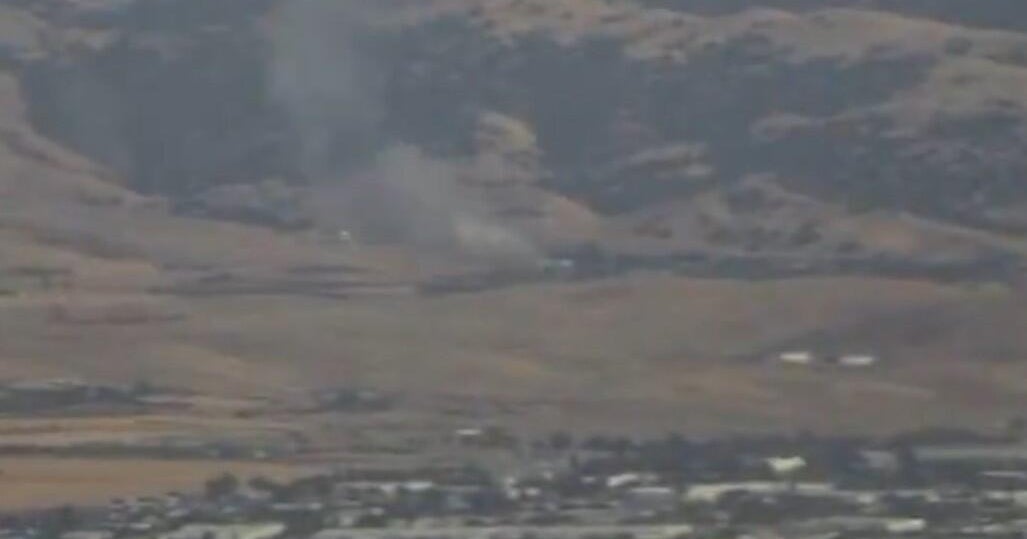Mysterious Dust Cloud, 'Christmas Lights' Surrounding Mars Has NASA Scientists Puzzled
COLORADO (CBS SF) -- NASA's Mars Atmosphere and Volatile Evolution Spacecraft (MAVEN) has observed some puzzling atmospheric phenomena above the red planet. One of them has been billions of years in the making.
Just five days before Christmas, MAVEN saw a bright auroral glow in Mars' northern hemisphere. We see aurorae at the highest latitudes on Earth -- the northern and southern lights -- when energetic particles crash into our atmosphere and cause the gas to glow. However, Earth's light show pales in comparison to the aurora on Mars.
"What's especially surprising about the aurora we saw is how deep in the atmosphere it occurs - much deeper than at Earth or elsewhere on Mars," said Arnaud Stiepen, IUVS team member at the University of Colorado. "The electrons producing it must be really energetic."
Click Also: Astronauts Snap Spectacular Northern Lights Photos
That's because billions of years ago, Mars lost its global protective magnetic field. Solar particles strike the planet's atmosphere directly. Electrons that produce the aurora have 100 times more energy than the spark of a typical house current, so they penetrate deep in the atmosphere.
MAVEN also observed an unexplained high-altitude dust cloud. NASA said the cloud has been present for as long as MAVEN has been operating, so it's not sure if it's a temporary or permanent phenomenon. The dust reaches orbital altitudes from 93 to 190 miles and the source and composition are unknown.
"If the dust originates from the atmosphere, this suggests we are missing some fundamental process in the Martian atmosphere," said Laila Andersson of the University of Colorado's Laboratory for Atmospherics and Space Physics (CU LASP), Boulder, Colorado.
Scientists say the dust could include particles wafted up from the atmosphere, or possibly from Mars' moons, Phobos and Deimos. Other theories include dust from solar wind, or debris orbiting the sun from comets.
Read Related: 50 Years Ago Today - 1st Space Walk
MAVEN was launched in November 2013 to help scientists learn how Mars lost most of its atmosphere and water. The spacecraft arrived on the red planet last September to begin its year-long primary mission.
Timelapse: Flying Through an Aurora & Sunrise - ESA astronaut Alexander Gerst took this video from the International Space Station, orbiting at over 17,000 mph and circling the Earth once every 90 minutes. (YouTube/European Space Agency)



